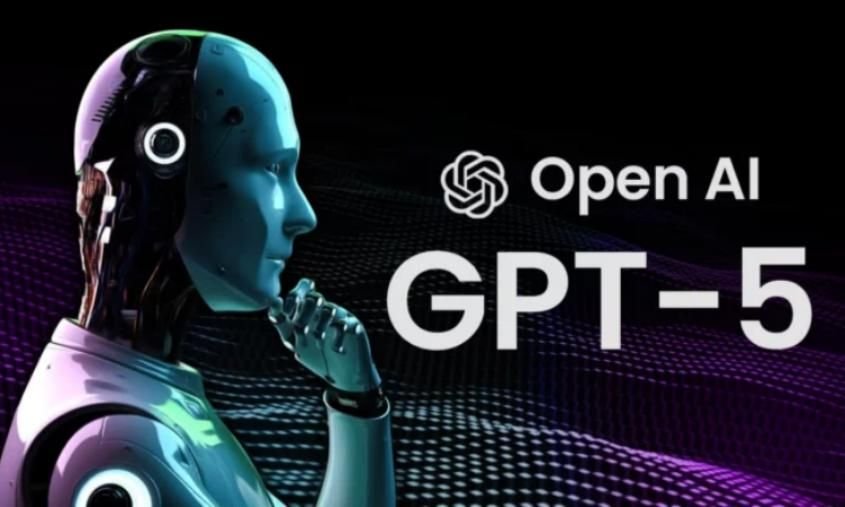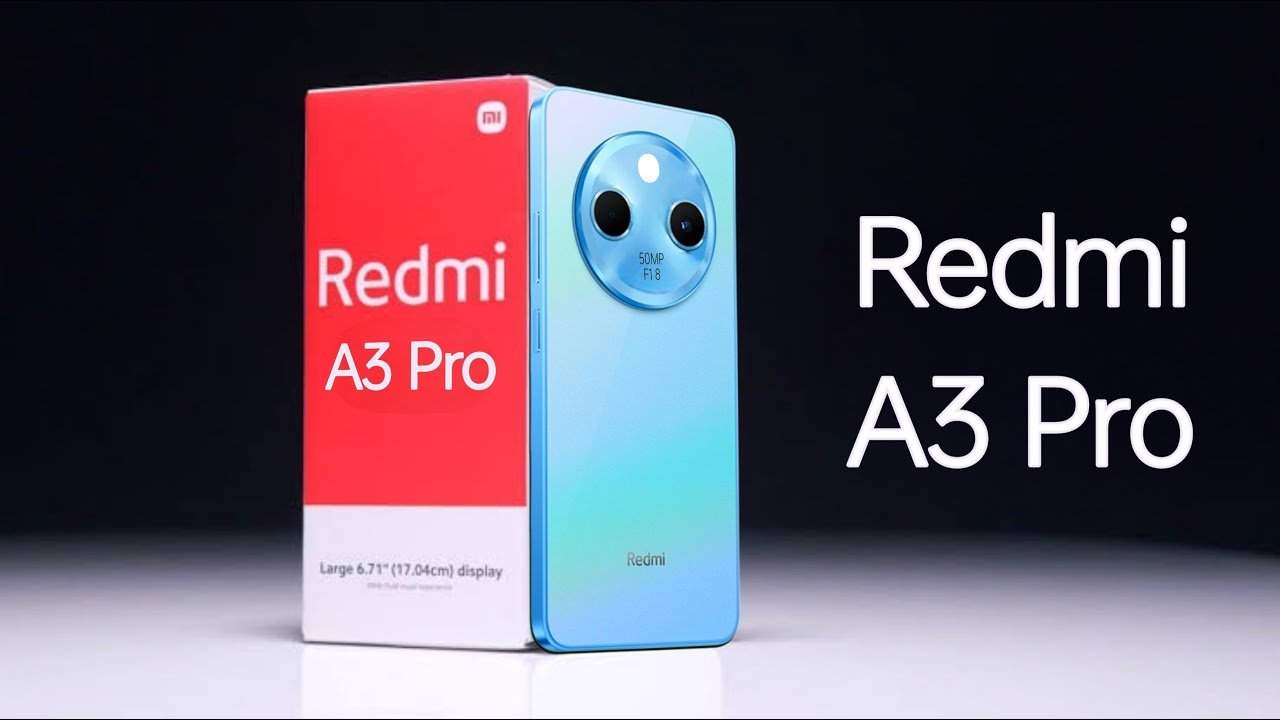GPT-5 vs GPT-4 Comparison: Features, Performance, Benefits

Compare GPT-5 and GPT-4 to understand the key differences in features, performance, and applications. Learn how GPT-5 improves on GPT-4 with enhanced efficiency, advanced AI capabilities, better multilingual support, and superior problem-solving for diverse industries and tasks.
Key Differences Between GPT-4 and GPT-5 AI Models
Artificial Intelligence continues to transform how we interact with technology, and OpenAI’s GPT models stand at the forefront of this revolution. GPT-4 has already made waves with its remarkable language capabilities, but the buzz around GPT-5 promises an even more impressive leap. Understanding the differences between these two versions sheds light on how AI is evolving and where it’s headed next.
GPT Model Evolution and Technology
Since the launch of GPT-1, each model iteration has advanced in complexity and sophistication. GPT-4 established a solid foundation with its Transformer-based architecture, processing vast datasets to generate human-like language responses. However, GPT-5 is expected to go beyond, integrating newer techniques like graph neural networks alongside attention mechanisms. This hybrid architecture is designed to enhance the model’s ability to interpret intricate relationships within data, leading to richer contextual understanding and more nuanced language generation.
The anticipated jump in model size is substantial. While GPT-4 uses around 170 billion parameters, GPT-5 could exceed 500 billion parameters, significantly expanding its capacity to grasp and produce complex language patterns. This increase means GPT-5 can better capture subtleties such as sarcasm and irony, providing outputs that feel closer to genuine human interaction.
Enhanced Language Understanding and Multilingual Support
GPT-4 already supports multiple languages and performs well in context-driven tasks, but GPT-5 aims to elevate this further. With training on even more extensive and diverse datasets, GPT-5 should offer superior fluency and accuracy across many languages. This will be crucial for global industries like marketing, education, and customer support, where seamless communication across cultures is essential.
Moreover, GPT-5’s improved contextual depth will enable it to maintain coherence in longer conversations and complex scenarios better than its predecessor. Whether it’s interpreting ambiguous queries or delivering more tailored responses, this model promises a more engaging and effective interaction experience.
Performance Boosts and Energy Efficiency
Despite GPT-4’s strong performance, it requires significant computational resources, which can limit its accessibility and increase costs. GPT-5 is expected to bring efficiency improvements, running faster and consuming fewer resources thanks to hardware optimizations and smarter training methods. This boost will lower cloud computing expenses and reduce environmental impact, making AI more sustainable and affordable.
Faster processing will also improve real-time applications, such as customer service chatbots and interactive assistants, enabling quicker, more natural exchanges without lag or bottlenecks.
Accuracy, Bias Reduction, and Ethical Progress
Accuracy remains a key area where GPT-5 could shine compared to GPT-4. While GPT-4 performs well in many scenarios, it sometimes falters in specialized or nuanced areas, occasionally producing less reliable responses. GPT-5’s training on larger and more varied datasets, combined with enhanced bias detection systems, should minimize these errors and produce fairer, more balanced outputs.
OpenAI is also expected to strengthen ethical guardrails in GPT-5. Responsible AI use is an ongoing concern, and GPT-5 will likely introduce more sophisticated mechanisms to mitigate harmful biases and prevent misuse. This includes improved privacy protections and transparency measures, ensuring AI advances benefit users safely and equitably.
Expanding Use Cases Across Industries
GPT-4 has already impacted numerous sectors by simplifying complex tasks like content creation, programming assistance, and customer interaction. GPT-5 will broaden this impact, particularly in fields demanding higher precision and specialized knowledge.
In healthcare, GPT-5 could assist with medical diagnoses by analyzing vast amounts of clinical data quickly. Legal professionals might leverage the model for detailed research, case analysis, or drafting legal documents with greater accuracy. Education could also benefit through personalized learning tools that adapt dynamically to individual student needs.
Creative industries stand to gain from GPT-5’s enhanced capabilities too. It could help generate intricate narratives, compose music, or even inspire new art concepts, offering artists a powerful collaborative partner.
Real-World Applications and Integration
From generating in-depth reports to coding complex software, GPT-4 set a high bar. GPT-5 promises to build on this foundation by delivering even more coherent and context-aware content across various formats. Early indications suggest GPT-5 will handle longer inputs better, maintain sustained memory over extended sessions, and support multimodal inputs like text combined with images.
Developers will find GPT-5’s improved API integration appealing, enabling the creation of smarter chatbots, translators, and AI assistants. For anyone looking to enhance digital communication or automate sophisticated workflows, GPT-5 represents a considerable step forward. For updates on user adoption and related technology news, see how ChatGPT has grown to over 700 million weekly users after the GPT-5 reveal.
Ethical Challenges in AI
As AI’s reach grows, so do concerns about ethical use. GPT-4 made progress in reducing bias and respecting privacy but left some issues unresolved. GPT-5 is expected to tackle these challenges head-on by incorporating more comprehensive bias mitigation and user control features.
Still, no AI system is perfect. The ongoing dialogue around governance, responsible deployment, and user education remains essential. OpenAI’s commitment to ethical AI development will play a critical role in determining how GPT-5 is adopted across various domains.
GPT-4 and GPT-5 Differences in Brief
Model Size: GPT-4 has around 170 billion parameters, while GPT-5 may exceed 500 billion parameters.
Architecture: GPT-4 uses a Transformer-based design; GPT-5 is expected to combine graph neural networks with attention-based architecture.
Training Techniques: GPT-4 relies on supervised learning; GPT-5 is anticipated to use unsupervised learning from a wider range of datasets.
Language Modeling: GPT-4 generates coherent text, whereas GPT-5 aims to produce more nuanced, complex language including sarcasm and irony.
Multilingual Support: GPT-4 primarily focuses on English, while GPT-5 will support many languages more comprehensively.
Context Understanding: GPT-4 shows strong but sometimes limited context handling; GPT-5 will offer deeper contextual understanding and nuance.
Performance & Efficiency: GPT-4 is optimized but demands high resources, GPT-5 should be faster and more efficient with less resource use.
Training Data: GPT-4’s data is broad but not exhaustive; GPT-5 will train on larger, more diverse datasets.
Bias & Ethics: GPT-4 has improved but still faces issues; GPT-5 will reduce bias further and incorporate stronger ethical frameworks.
Use Cases: GPT-4 serves general sectors; GPT-5 will target specialized fields like healthcare and education.
Energy Efficiency: GPT-4 consumes high energy; GPT-5 is expected to be more energy-efficient.
Applications: GPT-4 supports content generation, chatbots, and coding; GPT-5 will expand to multilingual translation, creative arts, and personalized education.
GPT-5 Advantages Over GPT-4 in AI Applications
- GPT-5 is expected to have more parameters, improved contextual understanding, greater efficiency, and support for more languages compared to GPT-4.
- Pricing differences show GPT-5 may initially cost more due to its size and capabilities but could reduce long-term expenses through better efficiency, especially for large-scale use.
- GPT-5 surpasses GPT-4 in advanced AI tasks such as code generation, document summarization, and managing complex queries with faster responses and deeper context awareness.
- Major GPT-5 improvements include handling larger inputs, reducing hallucinations, enhanced multilingual support, better long-term memory, and more integrated multimodal processing (images and text).
- OpenAI has not set an official GPT-5 release date, but phased rollout is expected during 2025, with some features possibly available in ChatGPT Plus or enterprise versions.
- GPT-5 can perform real-time decision-making, sustain memory over long sessions, and process image plus text reasoning, supporting more autonomous and natural interactions than GPT-4.
- GPT-5 will likely power advanced AI assistants, copilots, and creative tools, offering near-human fluency and improved contextual and cross-modal capabilities.
- GPT-5 is not fully available yet; limited access might be through premium or enterprise OpenAI offerings, with updates announced via official channels.
- In real-world applications like content creation and coding, GPT-5 shows improved accuracy, coherence, and reasoning, enhancing long-form writing and optimized code generation.
What GPT-5 Means for the Future of AI
The arrival of GPT-5 marks a new chapter in AI development. Its expanded abilities will not only refine existing applications but also unlock new possibilities across industries that require sophisticated problem-solving and contextual understanding.
With faster, more accurate, and energy-efficient performance, GPT-5 is positioned to become the backbone of next-generation AI tools. Whether you’re a developer, educator, healthcare professional, or creative, GPT-5 offers capabilities that could transform how you work and communicate.
Access to GPT-5 features might initially come through premium subscriptions or enterprise platforms, with a phased rollout expected through 2025. Keeping an eye on OpenAI’s announcements ensures you stay informed about availability and integration options.
In the meantime, GPT-4 remains a powerful resource, widely used across sectors and already helping millions. The transition to GPT-5 will be an exciting evolution for AI users worldwide.
Article updated 4 weeks ago ago. Content is written and modified by multiple authors.









